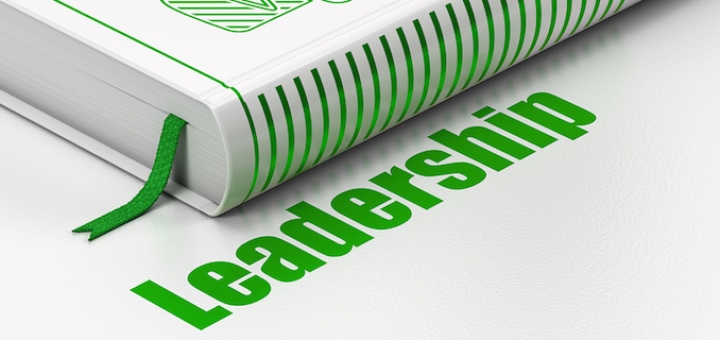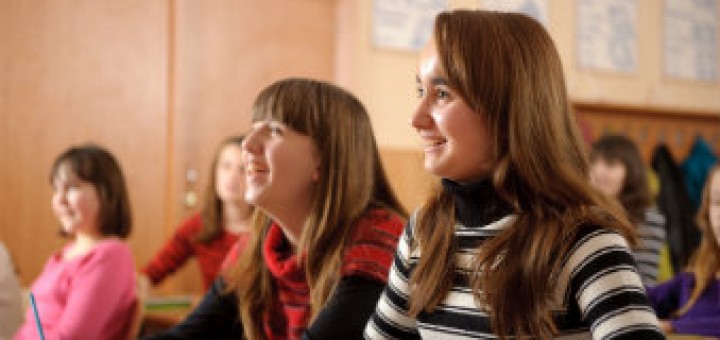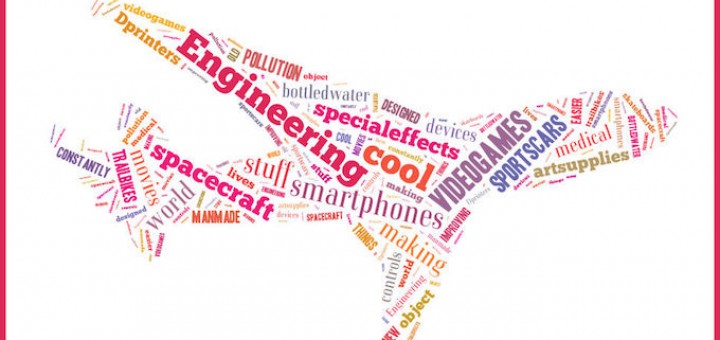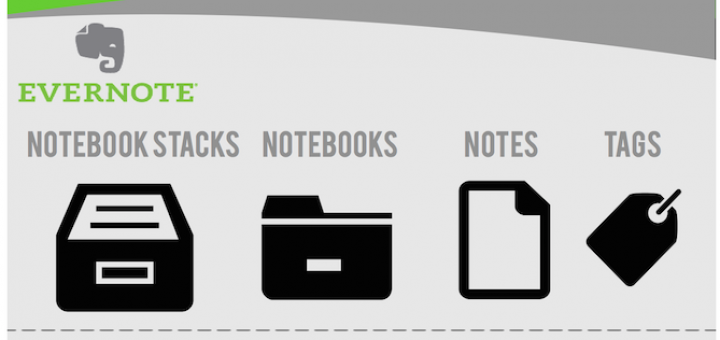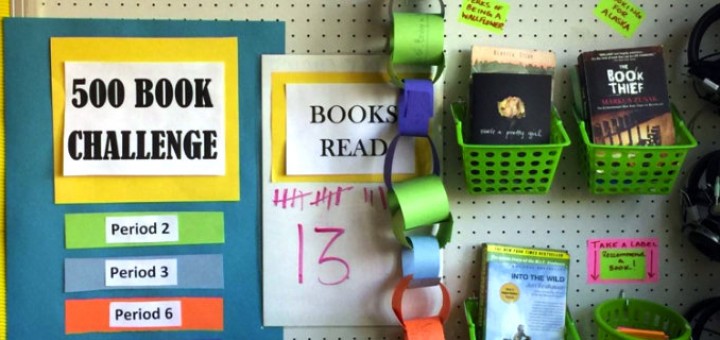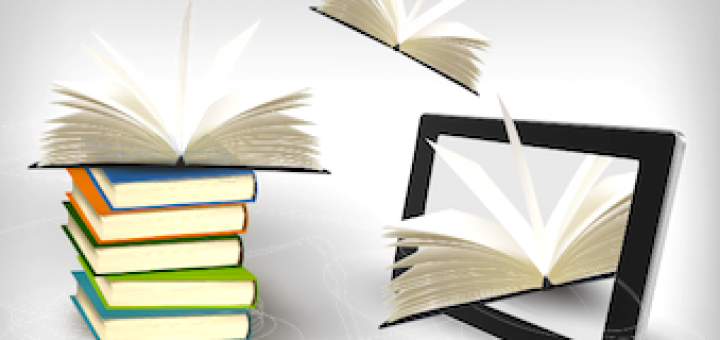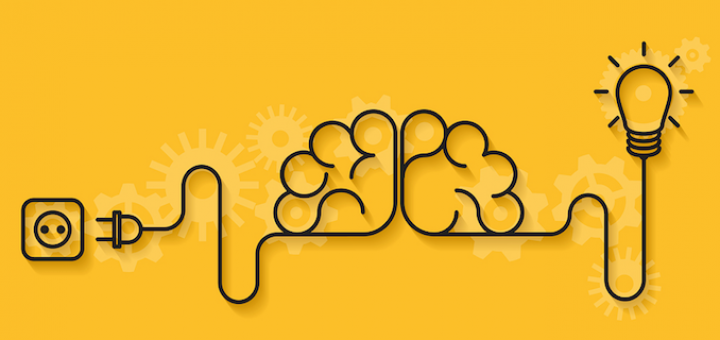Teaching and learning in grades 4-8
Learning Personalized is a resource that does not shy away from wading into the messiness that is true learning. Educators can deeply explore the book, one chunk at a time, to create learning experiences that appeal to all types of students.
Williamson and Blackburn set out to provide strategies and resources for education leaders to use as they work to achieve more rigorous, supportive schools. The description of this book as a “toolkit” couldn’t be more accurate, says principal Bret Olson.
Where does humor fit into the classroom? Just about anywhere! Check out these refreshed resources on why humor works, how to share it, and where to find it. Funny math, ELA, social studies, and science resources abound.
Our brain’s executive function allows us to control and organize our thoughts and behaviors. All students in the middle grades – not just those with special needs – can benefit from scaffolding as they strengthen these abilities. Elizabeth Stein tells how.
The sky’s the limit for students pursuing engineering careers. Anne Jolly offers STEM educators Q&As they can share with middle graders who’d like to investigate engineering’s possibilities. Jolly highlights creativity, teamwork, making a difference and more.
Evernote is a 21st century day planner. In Part 4 of his productivity series for school leaders, organization consultant and former principal Frank Buck singles out Evernote as a must-have for collecting school and home information in an easily accessible way.
ELA co-teaching team Rachel Wysocki Kent & Genevieve Federick share a successful independent reading strategy they designed around a challenging group goal (read 500 books) and a teen-friendly focus question: “What does it mean to be a young person in 2015?”
Even before you view the lessons and become acquainted with the many cross-curricular strategies the authors of Smuggling Writing share, you’ll discover a matrix that unifies the strategies, literacy strands, samples, lessons, digital applications and CCSS.
In The Gift of Failure, teacher/writer Jessica Lahey calls on parents to value failures along the way to help children build growth mindsets. She also effectively describes how educators can work with parents, reports retired principal Mary Langer Thompson.
Project-based learning in history class can be challenging as teachers juggle a content-laden curriculum and limited class time. Shara and Jody and their tech colleague Doug Hinko set out to find practical ways to make PBL work with a unit on medieval China.


